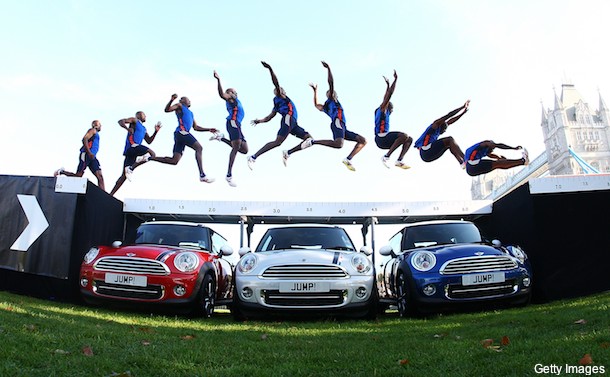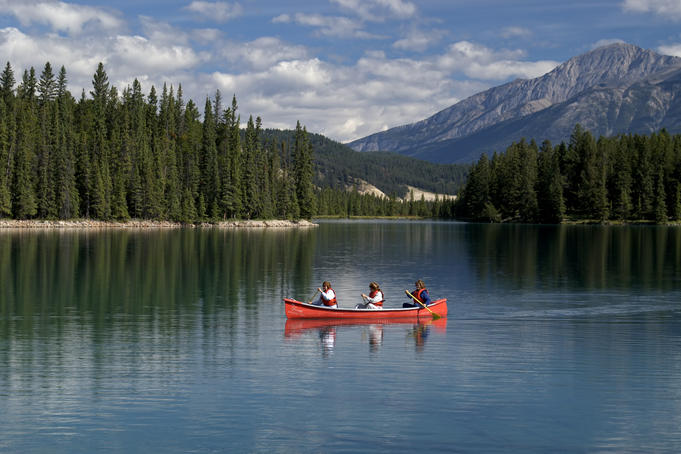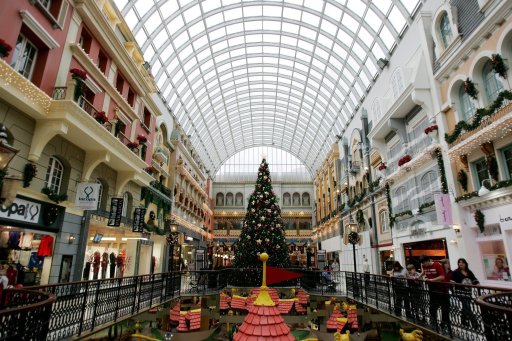BANGALORE: IT major Infosys on Tuesday said it has received a subpoena from a lower court in the US asking it to provide sponsorship details of B1 visas. These visas are meant for staff visiting the country for meetings, conferences and business negotiations. A subpoena is a writ issued by a court of justice requiring a person to appear before the court at a specified time.
"We intend to comply with the subpoena and to cooperate with the grand jury's investigation. At this time, we are not able to comment further on this grand jury investigation, but do want to reiterate that we take our legal compliance obligations very seriously," Infosys said in a statement.
The subpoena comes at a time when Infosys faces a lawsuit by its employee Jack Palmer, who filed a complaint with a US court stating that the company was sending employees on B1 visas to work full time in the US. Palmer, in his lawsuit, has alleged that this was done to overcome H1-B visa caps. H-1B visa is a non-immigrant visa that allows US employers to temporarily employ foreign workers in certain high skilled occupations.
Som Mittal, chairman of IT industry body Nasscom, said the subpoena was normal and expected considering that it was taken up by an employee and the law has to follow its due course.
"We do not know what will happen as visa issues are very complex. However we are confident that Infosys will provide all the data that is required by the court," Mittal said.
Recently, Infosys said its business could be affected if the US decides to restrict the visa programme as a fallout of the case.
"In the event that the US government undertakes any actions which limit the B1 business visa programme or other visa programme that we utilize, this could materially and adversely affect our business and results of operations," Infosys had said in a filing to the US Securities and Exchange Commission (SEC).
In its annual report released earlier this month, Infosys said that a US senator has submitted a letter to the US secretary of state and secretary of homeland security asking them to review the B1 business visa programme.
Indian IT companies have been under attack periodically by US government representatives for what they call misuse of visa. The attacks have intensified since the recession of 2008-09 and the rise in joblessness in the US. Som Mittal has previously said that the US needs to evolve a specialized work visa that will remove all ambiguities.
"We intend to comply with the subpoena and to cooperate with the grand jury's investigation. At this time, we are not able to comment further on this grand jury investigation, but do want to reiterate that we take our legal compliance obligations very seriously," Infosys said in a statement.
The subpoena comes at a time when Infosys faces a lawsuit by its employee Jack Palmer, who filed a complaint with a US court stating that the company was sending employees on B1 visas to work full time in the US. Palmer, in his lawsuit, has alleged that this was done to overcome H1-B visa caps. H-1B visa is a non-immigrant visa that allows US employers to temporarily employ foreign workers in certain high skilled occupations.
Som Mittal, chairman of IT industry body Nasscom, said the subpoena was normal and expected considering that it was taken up by an employee and the law has to follow its due course.
"We do not know what will happen as visa issues are very complex. However we are confident that Infosys will provide all the data that is required by the court," Mittal said.
Recently, Infosys said its business could be affected if the US decides to restrict the visa programme as a fallout of the case.
"In the event that the US government undertakes any actions which limit the B1 business visa programme or other visa programme that we utilize, this could materially and adversely affect our business and results of operations," Infosys had said in a filing to the US Securities and Exchange Commission (SEC).
In its annual report released earlier this month, Infosys said that a US senator has submitted a letter to the US secretary of state and secretary of homeland security asking them to review the B1 business visa programme.
Indian IT companies have been under attack periodically by US government representatives for what they call misuse of visa. The attacks have intensified since the recession of 2008-09 and the rise in joblessness in the US. Som Mittal has previously said that the US needs to evolve a specialized work visa that will remove all ambiguities.



